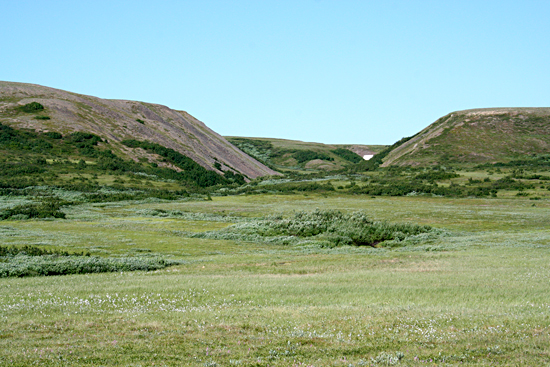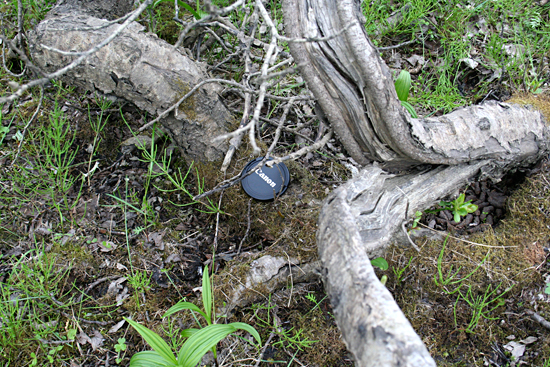In just a few decades, shrubs in the Arctic tundra have turned into trees as a result of climate warming, creating patches of forest which, if replicated across the circumpolar North, would significantly accelerate global warming.
Scientists from Finland (Arctic Centre, University of Lapland and University of Eastern Finland) and Oxford University investigated an area of 100,000 km2, known as the northwestern Eurasian tundra, stretching from Fennoscandia to West Siberia.
Surveys of the vegetation, deploying data from field and lab work, satellite imagery, and observations from local indigenous reindeer herders, showed that in 8–15 per cent of the area low willow (Salix) and alder (Alnus) shrubs have grown into trees over 2 metres in height during the last 30–40 years. Previous models assessing the potential impact of forestation have suggested that the advance of trees into the tundra zone could increase global warming by an extra 1–2 degrees Celsius by the late 21st century.
A report of the research is published in the journal Nature Climate Change.
“The speed and magnitude of the observed change is far greater than we expected,” said Prof. Bruce Forbes of the Arctic Centre, University of Lapland, corresponding author of the paper. Adds Dr. Marc Macias-Fauria from Oxford University, lead author, “Previously people had thought that the tundra would be colonised by trees from the boreal forest to the south as the Arctic climate warms, a process that could potentially take centuries. But what we’ve found is that the shrubs that are already there are transforming into trees in just a few decades.”

View of the the northernmost foothills of the Polar Ural mountains on
the southern Yamal Peninsula in West Siberia, Russia. Here willow (Salix
lanata) thickets and individuals have a greyish metallic canopy and
stand out in the forefront and background, located mostly in concave
areas. Alder (Alnus fruticosa), with a dark green canopy, stands out
clearly against both willow and the other tundra vegetation. An increase
in shrub height in recent decades has been remarked upon by indigenous
Nenets nomads both east and west of the Urals, who have had to modify
their reindeer herding practices in response to the changes. Photo by
B.C. Forbes.
The shift from shrubs to forest is important as it alters the albedo effect – the amount of sunlight reflected by the surface of the Earth. In the Arctic spring and autumn, shrubs are usually covered under a blanket of white light-reflecting snow. In contrast, trees are tall enough to rise above the snow layer, presenting a darker light-absorbing surface. This increased absorption of the Sun’s radiation is likely to add to global change by making an already-warming Arctic climate warm even more rapidly. The new ‘forests’ have already affected how reindeer herders move across the land.
“Of course this is just one small part of the vast Arctic tundra and an area that is already warmer than the rest of the Arctic, probably due to the influence of warm air from the Gulf Stream,” said Dr Macias-Fauria. “However, this area does seem to be a bellwether, so it can point us towards what is likely to happen across the rest of the Arctic in the near future if these warming trends continue.”

The camera lens cap marks an individual willow shrub (Salix lanata) that
has been alive since approximately 1891 (about 120 years) on the banks
of the Mordy-yakha River on central Yamal Peninsula, West Siberia,
Russia. The annual growth rings inside the trunk of this small tree,
over 2.5 m in height, reveal an extremely close relationship to summer
temperature throughout its lifespan and that its growth has accelerated
significantly in recent decades. Photo by B.C. Forbes.
A report in the journal Nature Climate Change
For more information, please contact:
Research professor Bruce Forbes, Arctic Centre of University of Lapland, tel. +358 40 847 9202 or bruce.forbes(at)ulapland.fi